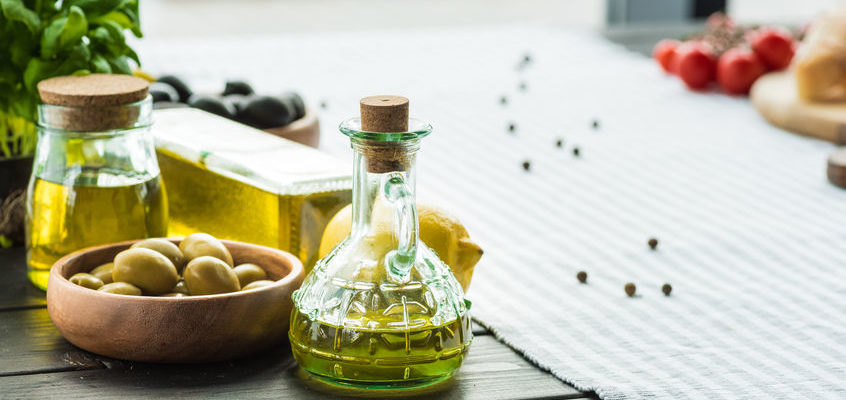
Polyphenols are plant-based compounds that occur in a variety of foods. These micronutrients have a reputation for their many health benefits and availability in olive oil. While polyphenol rich olive oil needs to contain a minimum of 250 milligrams of polyphenols per kilogram, standard olive contains anywhere between 100-250 mg/kg. Both the European Union and the FDA have made statements about health claim producers can use for polyphenol rich olive oil.
However, there are an array of foods that also possess high levels of polyphenols, such as red wine and green tea. These other polyphenol rich foods also offer plenty of health benefits and should not be disregarded. When consuming polyphenols, it is important to store the foods properly to avoid oxidation, as well as learn about the food’s bioavailability and what it needs for proper absorption.
For more information, visit EatDat.
References
- Tsao, Rong. “Chemistry and Biochemistry of Dietary Polyphenols.” Nutrients, MDPI, Dec. 2010, www.ncbi.nlm.nih.gov/pmc/articles/PMC3257627/.
- Commission Regulation (EU) No 432/2012. Official Journal of the European Union, 16 May 2012, eur-lex.europa.eu/LexUriServ/LexUriServ.do?uri=OJ:L:2012:136:0001:0040:EN:PDF.
- “FDA Completes Review of Qualified Health Claim Petition for Oleic Acid.” U.S. Food and Drug Administration, FDA, 19 Nov. 2018, www.fda.gov/food/cfsan-constituent-updates/fda-completes-review-qualified-health-claim-petition-oleic-acid-and-risk-coronary-heart-disease.
- Gorzynik-Debicka, Monika, et al. “Potential Health Benefits of Olive Oil and Plant Polyphenols.” International Journal of Molecular Sciences, MDPI, 28 Feb. 2018, www.ncbi.nlm.nih.gov/pmc/articles/PMC5877547/.
- Pham-Huy, Lien Ai, et al. “Free Radicals, Antioxidants in Disease and Health.” International Journal of Biomedical Science : IJBS, Master Publishing Group, June 2008, www.ncbi.nlm.nih.gov/pmc/articles/PMC3614697/.
- Dell’Agli, Mario, et al. “Vascular Effects of Wine Polyphenols.” OUP Academic, Oxford University Press, 1 Sept. 2004, academic.oup.com/cardiovascres/article/63/4/593/318588.
- Pandey, Kanti Bhooshan, and Syed Ibrahim Rizvi. “Plant Polyphenols as Dietary Antioxidants in Human Health and Disease.” Oxidative Medicine and Cellular Longevity, Landes Bioscience, 2009, www.ncbi.nlm.nih.gov/pmc/articles/PMC2835915/.
- Dell’Agli, Mario, et al. “Vascular Effects of Wine Polyphenols.” OUP Academic, Oxford University Press, 1 Sept. 2004, academic.oup.com/cardiovascres/article/63/4/593/318588.
- Ponmurugan, Ponnusamy, et al. “Tea Polyphenols Chemistry for Pharmaceutical Applications.” IntechOpen, IntechOpen, 3 June 2019, www.intechopen.com/books/tea-chemistry-and-pharmacology/tea-polyphenols-chemistry-for-pharmaceutical-applications.
- Shen, Shuyu, et al. “Phenolic Compositions and Antioxidant Activities Differ Significantly among Sorghum Grains with Different Applications.” Molecules (Basel, Switzerland), MDPI, 17 May 2018, www.ncbi.nlm.nih.gov/pmc/articles/PMC6100422/#sec2dot1-molecules-23-01203.
- Bilal Okmen , Hasan O. Sigva , Sevgi Mutlu , Sami Doganlar , Ahmet Yemenicioglu & Anne Frary (2009) Total Antioxidant Activity and Total Phenolic Contents in Different Turkish Eggplant (Solanum Melongena L.) Cultivars, International Journal of Food Properties, 12:3, 616-624, https://doi.org/10.1080/10942910801992942
Ashuni Pérez is a writer in the culinary, as well as health and wellness industries. With a background in teaching and digital media, she loves to learn and help others discover more about their food, where it comes from, and how best to prepare it. A foodie through and through, she is always searching for new recipes and the freshest ingredients.


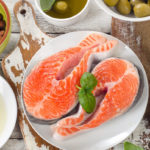

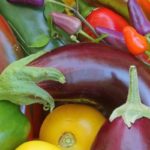
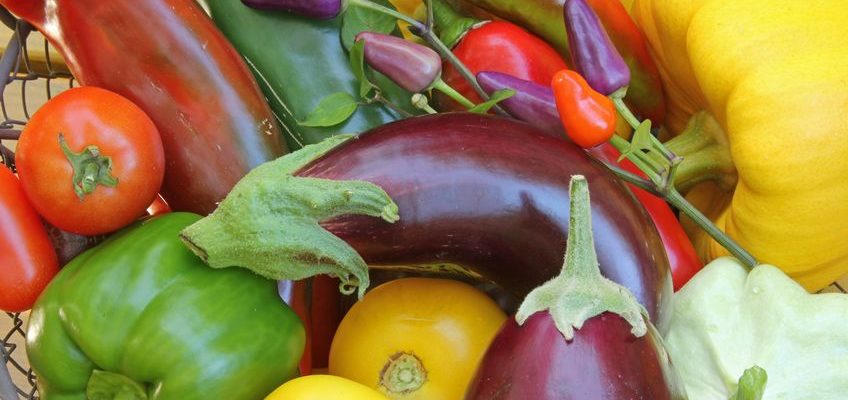
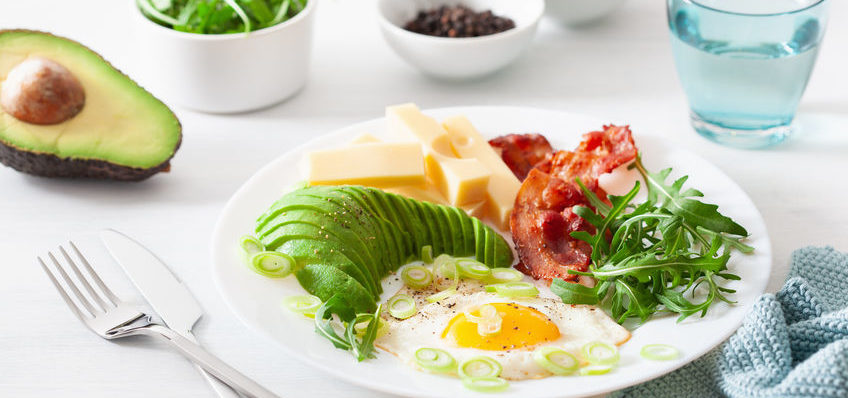
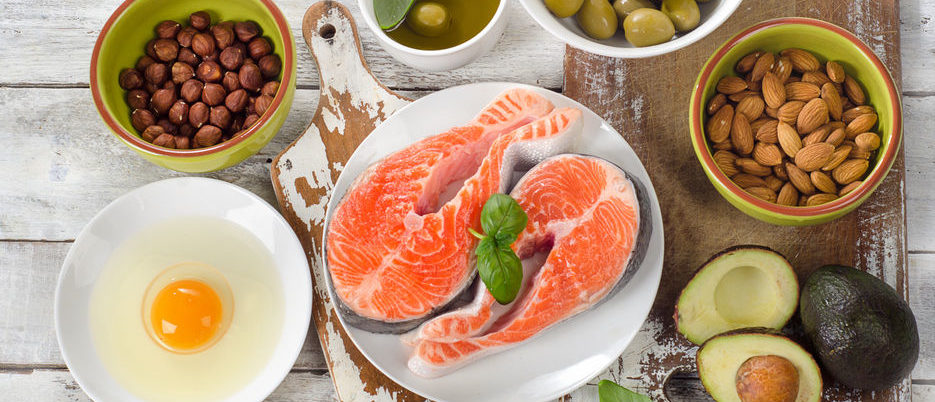
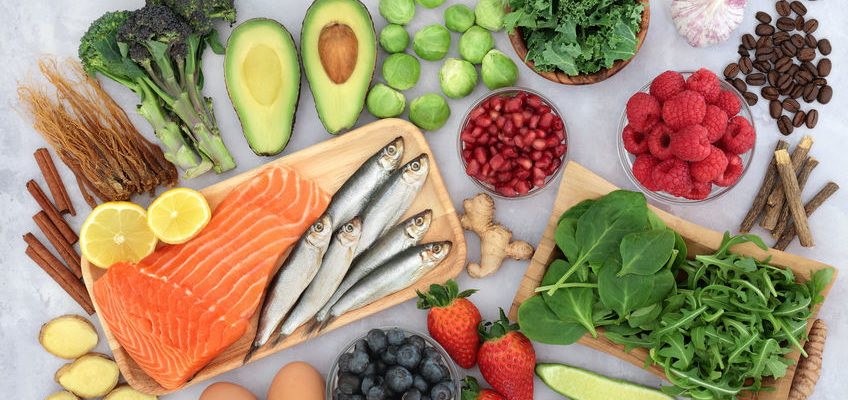

Leave A Comment